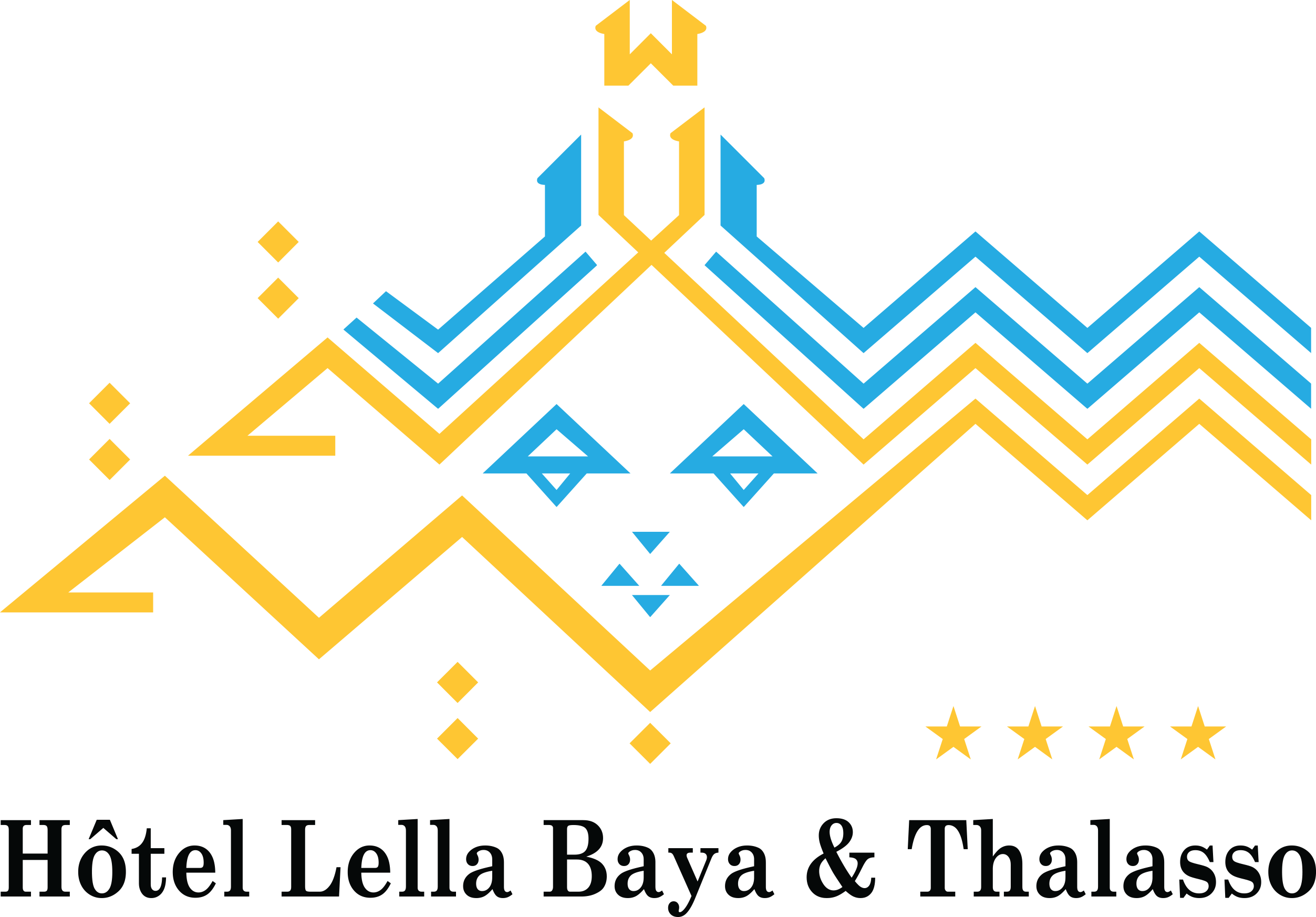Slovaks
Bryndzové Halušky, Slovakia’s National Dish
One of the most popular staff sports in Slovakia is ice hockey. Slovakia became a member of the IIHF on 2 February 1993 and since then has gained 4 medals in Ice Hockey World Championships, consisting of 1 gold, 2 silver and 1 bronze. The most recent success was a silver medal on the 2012 IIHF World Championship in Helsinki. The Slovak nationwide hockey staff made five appearances within the Olympic video games, ending 4th within the 2010 Winter Olympics in Vancouver.
Despite the Hungarians’ drive to Magyarize the multiethnic population of their kingdom, by the nineteenth century the Slovaks had created a heavily mythologized identification, linking themselves with the 9th-century Slavic kingdom of Great Moravia. Because they lacked a national dynasty, patron saints, and a local aristocracy or bourgeoisie, their nationwide hero became the 18th-century outlaw Jánošík, sometimes referred to as the Slovak Robin Hood. The Slovak persons are an ethnic group largely inhabiting the modern-day nation of Slovakia, in addition to near surrounding areas. Slovaks have played an lively role in European history, together with politically, militarily, scientifically, culturally, and religiously. Ethnic Slovaks have inhabited Central Europe for the reason that Middle Ages.
There are roughly 5.four million autochthonous Slovaks in Slovakia. Further Slovaks stay in the following countries (the list exhibits estimates of embassies etc. and of associations of Slovaks abroad in the first place, and official data of the countries slovakia women as of 2000/2001 within the second place). The most well-known Slovak names can indubitably be attributed to invention and know-how. Hungarian inventors Joseph Petzval and Stefan Jedlik were born of Slovak fathers. Slovakia’s easterly position offers it a extra continental local weather than that of the Czech Republic.
The first recognized Slavic states on the territory of present-day Slovakia have been the Empire of Samo and the Principality of Nitra, founded sometime in the eighth century. After the dissolution of Czechoslovakia in 1993, the formation of unbiased Slovakia motivated interest in a particularly Slovak national identification.

Rudolf Viest (1890–1945?) – Anti-Fascist army leader, member of the Czechoslovak government in exile, member of the Slovak National Council and the commander of the 1st Czechoslovak army in the course of the Slovak National Uprising. First and solely Slovak to succeed in the position of General within the interwar Czechoslovak Army. Jozef Miloslav Hurban (1817–1886) – freedom fighter and chief of the 1848 Slovak National Uprising against the Hungarians.
The prime example is a Slovak national anthem, « Nad Tatrou sa blýska », which is based on a melody from « Kopala studienku » folk track. The culture of Slovakia has various folk traditions influenced by its location in Central Europe. It shares similarities with Austrian, German, Polish, Hungarian and Ukrainian tradition.
Also, many Germans settled within the Kingdom of Hungary, particularly in the cities, as work-looking for colonists and mining specialists from the 13th to the fifteenth century. Jews and Gypsies also fashioned significant populations throughout the territory. During the interval, most of current-day Slovakia was a part of Habsburg rule, however Ottoman dominated southern and southeasternmost parts of it. In Slovakia, a minority language could earn a co-official status if it attains a legal threshold of 15% of the speakers in a specific municipality. Other nationals residing within the nation via both migration or birth in the nation speak minority ethnic languages in Slovakia.
Slovak Sign Language
They are most lively from spring to late fall especially within the northern areas of Trencin and Zilina. Transmission happens throughout the year, with highest exercise from June through September.
Generally about one third of church members regularly attend church services. Slovak is the official language of Slovakia, and is spoken by the majority of the nation’s population.
The Slovak Sign Language displays relative disparities with the Czech signal language regardless of close similarities between spoken Slovak and Czech. The art of Slovakia can be traced back to the Middle Ages, when some of the best masterpieces of the nation’s history have been created. Julius Koller and Stanislav Filko, in the twenty first century Roman Ondak, Blazej Balaz.
DELISH SLOVAK DRINKS
Although a important stocktaking of the Czech-Slovak relationship exhibits more discord than harmony, there was one splendid moment when the 2 nations stood firmly together. It is roughly coextensive with the historic area of Slovakia, the easternmost of the 2 territories that from 1918 to 1992 constituted Czechoslovakia. Bryndzové haluškycan be referred to as Slovakia’s nationwide dish without an excessive amount of debate. One of the instructed causes of poverty in Slovakia is its prolonged dependence on factories. During its time as Czechoslovakia throughout World War II, the nation served the Nazi regime by supporting the warfare machine with provides and troops and by aiding its efforts to ethnically cleanse Europe.
It is typically referred to as “Slovak Esperanto” as a result of it is the most comprehensible language for the audio system of other Slavic languages. More than six thousand caves have been found in Slovakia. Most of them can be found in the national parks of Low Tatras, Slovak Paradise and Slovak Karst, and they really are unique pure wonders. One of essentially the most interesting things about Slovakia are Slovak folks dances. Influenced by the area and a way of dwelling, dances and folk costumes are completely different and colorful.

This occurs between the final Sunday of March and the last Sunday of October. Ethnic poverty could be very prevalent among the many inhabitants of Slovakia, notably throughout the Roma inhabitants. Roma are considered a few of the poorest and most marginalized group in the entire country. The Roms grew to become marginalized during WWII, and lots of who survived fled the nation.
